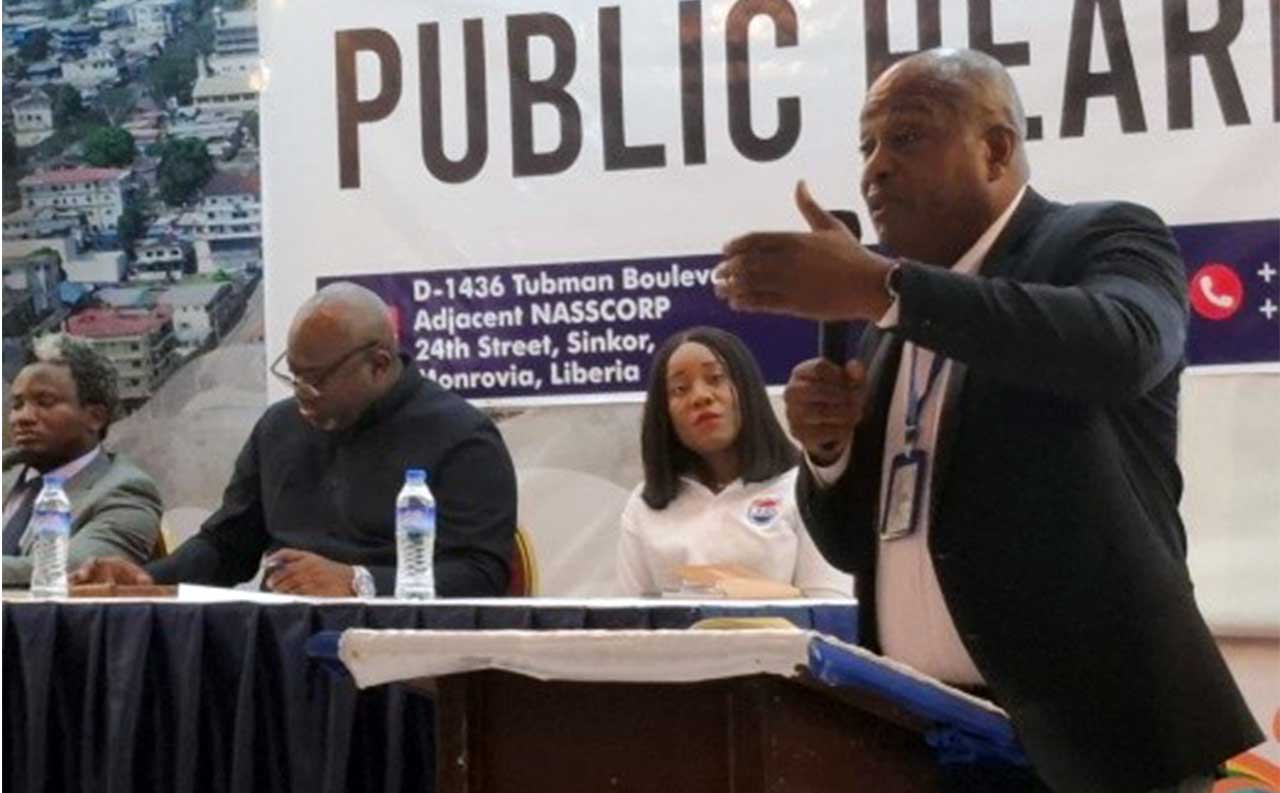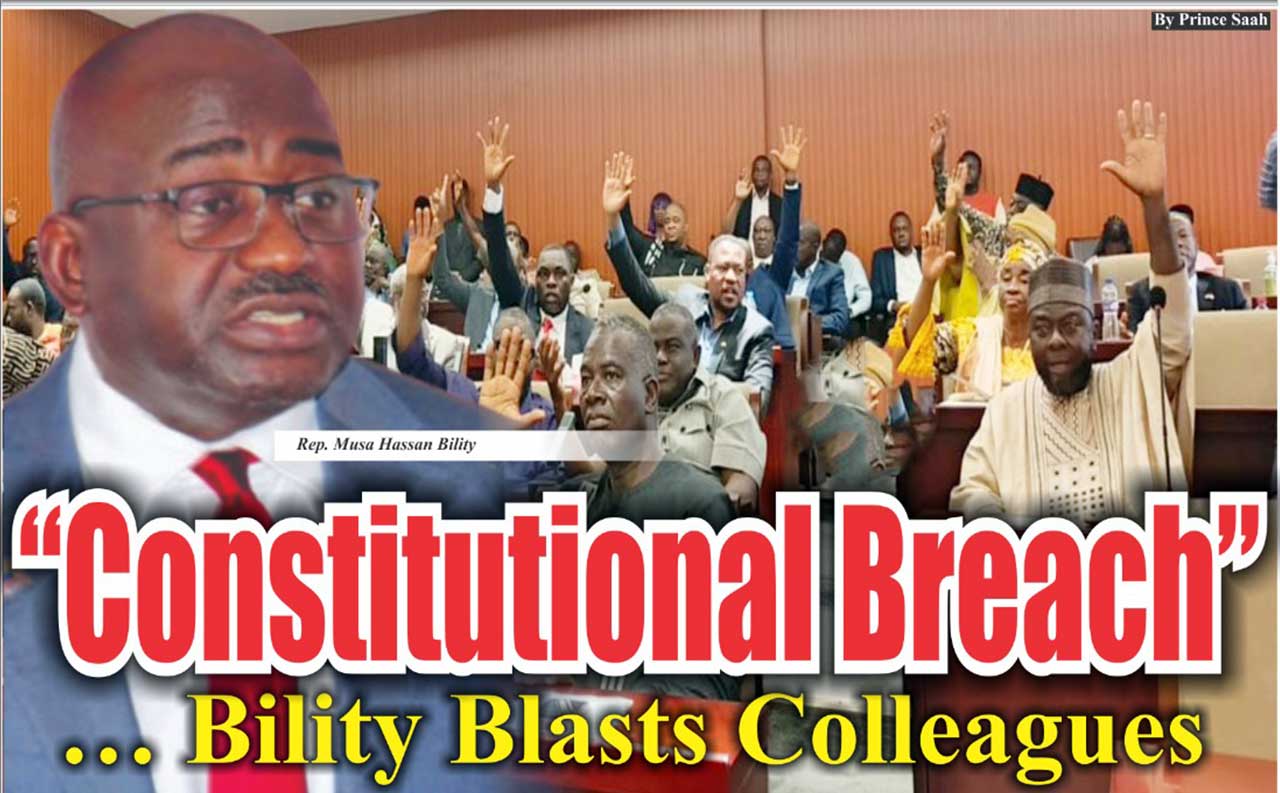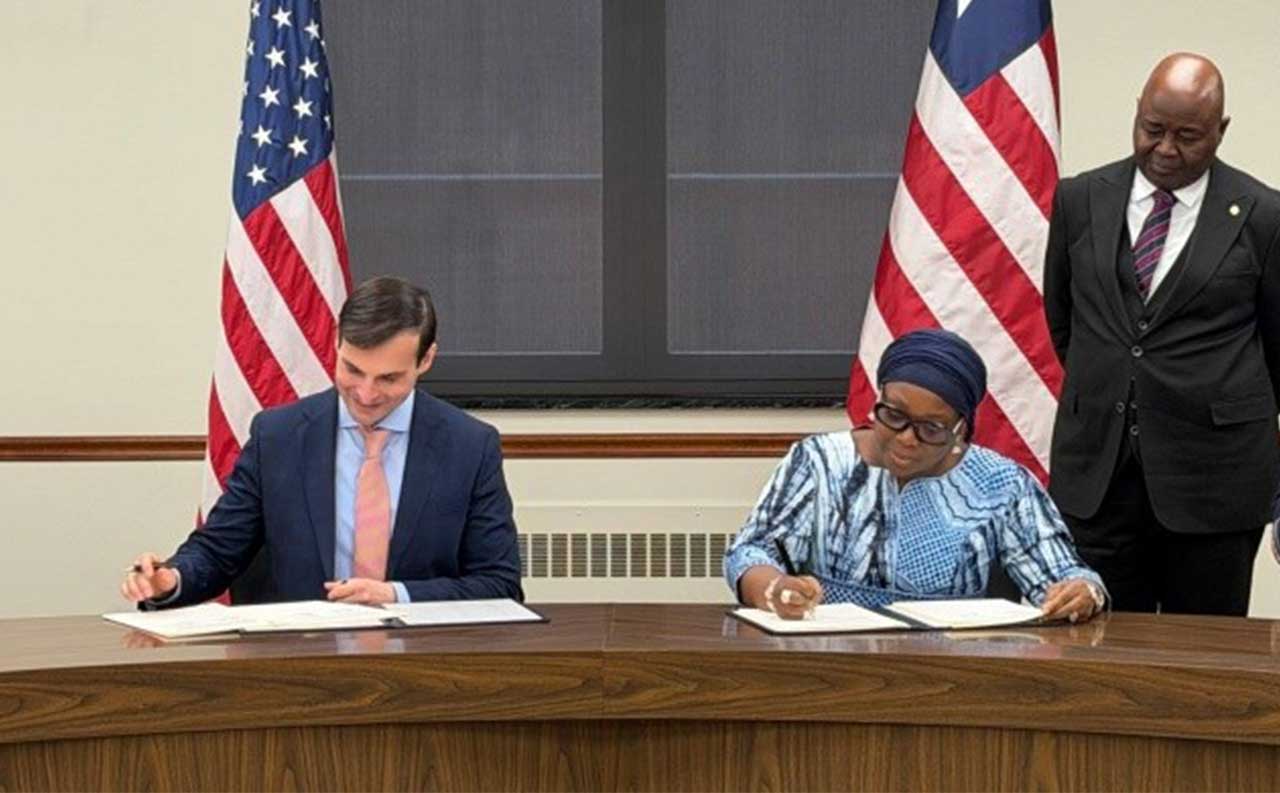The Liberia Electricity Corporation (LEC) has revealed a far-reaching tariff proposal backed by a detailed breakdown of rising operational costs, expanding customer demand, and the push toward long-term energy sustainability. The disclosure was made on Wednesday, November 19, 2025, during a high-level stakeholder engagement attended by the Liberia Electricity Regulatory Commission (LERC), sector partners, and consumer representatives.
Representing LEC’s senior management team, Deputy Managing Director for Administration Eric Fredericks, informed stakeholders that the corporation’s Managing Director and Deputy Managing Director for Technical Services were away in Basel securing tools and feasibility support to enhance Liberia’s power sector.
According to him, LEC is seeking open dialogue to ensure the corporation recovers the minimum cost required to keep electricity flowing while maintaining its mandate as a public utility. “We are here so you can tell us what needs to improve, and we will explain why certain charges are necessary,” he said.
Speaking about growing demand, limited supply, a Tariff Committee member, George Tawalah, narrated that Liberia’s electricity demand is surging, driven by expanding communities, new infrastructure, and the government’s “Mission 300” agenda to increase access nationwide. Tawalah disclosed that LEC’s customer base of 355,000 is projected to rise to 620,000 by 2028; adding that the growth requires new infrastructure, connections, and increased supply sources.
Despite a 2024 peak load of 119 megawatts, Tawalah says the country remains far below its energy needs. By 2028, projected demand is expected to reach 230 megawatts, almost tripling current averages. Also talking about the mounting costs push for tariff adjustment, the head of Compliance and Regulations, Henry Sambolah, outlined the “revenue requirement”—the total cost LEC needs to sustain operations.
He disclosed that operational expenses are climbing sharply, rising from US$99 million in 2025 to a projected US$217 million by the end of the tariff cycle. Sambolah noted that generation costs alone account for 78% of all expenditures. These include fuel for thermal plants, imported power from Côte d’Ivoire and Guinea, payments to independent power producers, and transmission charges.
He stressed that while regulators advocate cost-reflective tariffs, LEC is proposing cost-recovery tariffs, taking into account its public service obligation and full government ownership. “We are not a profit-driven company,” Sambolah stated, “but we must recover the minimum cost needed to keep the lights on.” During the presentation, graphs displayed revealed a widening gap between demand and supply—one LEC hopes to close through new projects, including the recently signed renewable energy partnership with SCATEC and increased cross-border power imports. LEC officials expressed optimism that with the right tariff adjustments and investments, Liberia could move closer to “energy sovereignty” by 2028.



